Ryegrass, Beef Builder Forage Annual
$47.00 /50lbs. (50 pound bag)
Improvement over annual for grazing, especially in rust prone areas (high rainfall).
Out of stock
Improvement over annual for grazing, especially in rust prone areas (high rainfall).
| Grow Height | Cold Tolerance | Minimum Rainfall |
Planting Rate Acre |
| 2-3′ | Good | 25″ | 25 lb. |
| Weight | 51 lbs |
|---|---|
| Dimensions | 29 × 17 × 7 in |
Be the first to review “Ryegrass, Beef Builder Forage Annual” Cancel reply
You must be logged in to post a review.
Related products
Largest use is turfgrass. Used to overseed warm season turf or as primary turfgrass. In adaptable regions plant 2-10 lb. per 1000 sqft.
Forage bermudagrass with wide, soft leaves. It shows rapid establishment from seed and aggressive spreading from stolons and rhizomes. Chilly Verede has persisted through cold winters in North Carolina, where it was developed, and has excellent heat and drought tolerance.
Native, cool season perennial that is short lived. Found on sandy shores and dunes; wooded areas, especially along trails, rivers and streams; and other disturbed sites throughout much of North America.
Good pasture. Cajun II is a forage-type endophyte-free tall fescue that promises broad adaptation and high yields.
Fairly large, ragged bunchgrass that was introduced from Africa for cattle forage.
South American cool season tufted bunchgrass. Growth begins in late fall and continues through the winter.
Once established, giant bermudagrass is very drought, heat and salt tolerant. Cultural management of giant bermudagrass is much like that of Coastal Bermudagrass, a vegetative pasture bermudagrass.
Good all-around warm season grass for turf, pasture and erosion control. Low growing, disease and insect resistant that once established, it is drought, heat and salt tolerant and will withstand a lot of abuse.
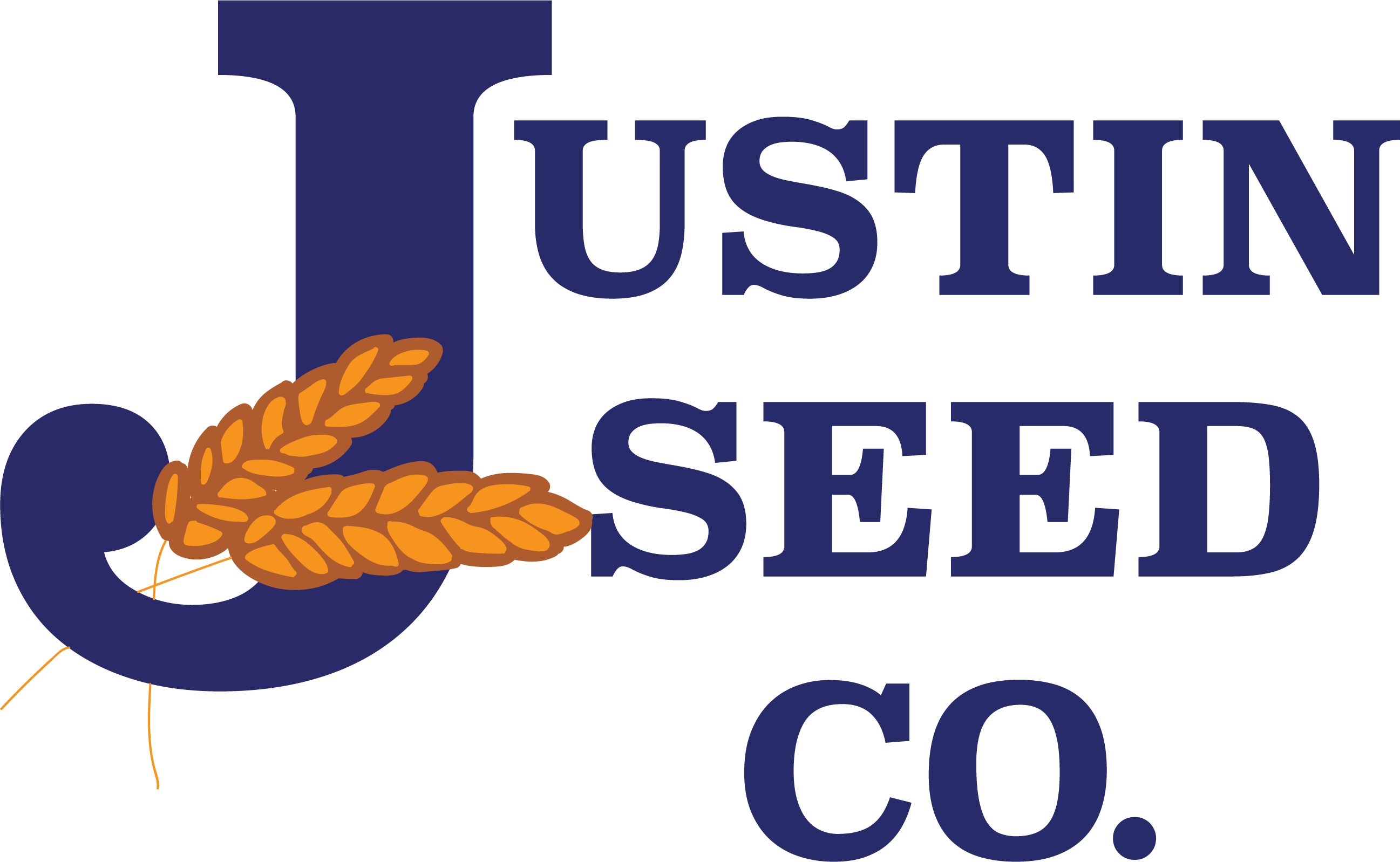

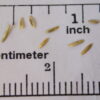
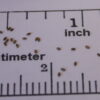

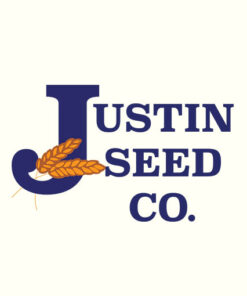
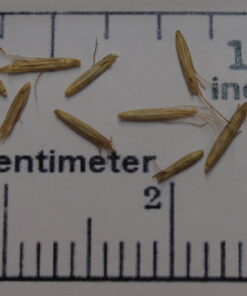

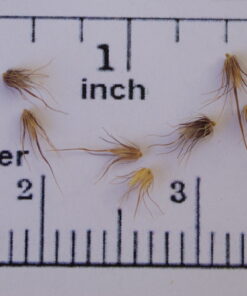


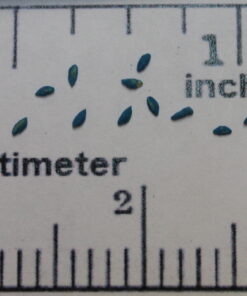
Reviews
There are no reviews yet.